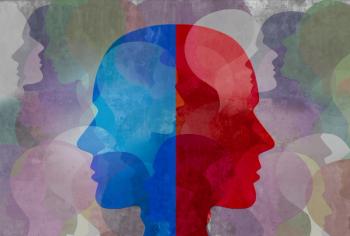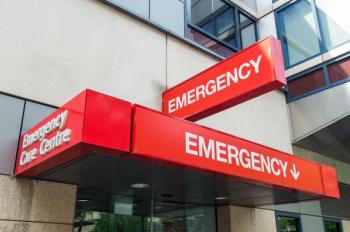
7 Ways to Improve Lithium’s Tolerability
Lithium’s most serious risk is renal insufficiency, and there are at least 3 ways to protect against this adverse effect. This and other tips to ensure safety.
References:
1. Srivastava S, Ketter TA. Clinical relevance of treatments for acute bipolar disorder: balancing therapeutic and adverse effects. Clin Ther. 2011;33:B40-B48.2. Gualtieri CT, Johnson LG. Comparative neurocognitive effects of 5 psychotropic anticonvulsants and lithium. MedGenMed. 2006;8:46.3. Wingo AP, Wingo TS, Harvey PD. Effects of lithium on cognitive performance: a meta-analysis. J Clin Psychiatry. 2009;70:1588-1597.4. Girardi P, Brugnoli R, Manfredi G, et al. Lithium in bipolar disorder: optimizing therapy using prolonged-release formulations. Drugs R D. 2016;16:293-302.5. Severus WE, Kleindienst N, Seemüller F. What is the optimal serum lithium level in the long-term treatment of bipolar disorder-a review? Bipolar Disord. 2008;10:231-237.6. De Fazio P, Gaetano R, Caroleo M. Lithium in late-life mania: a systematic review. Neuropsychiatr Dis Treat. 2017;13:755-766.7. Baek JH, Kinrys G, Nierenberg AA. Lithium tremor revisited: pathophysiology and treatment. Acta Psychiatr Scand. 2014;129:17-23.8. Gitlin M. Lithium side effects and toxicity: prevalence and management strategies. Int J Bipolar Disord. 2016;4:27.9. Aprahamian I, Teixeira de Sousa R, da Costa Lane Valiengo L, et al. Lithium safety and tolerability in mood disorders: a critical review. Rev Psiq ClÃn. 2014;41:9-14.10. Murru A, Popovic D, Pacchiarotti I, et al. Management of adverse effects of mood stabilizers. Curr Psychiatry Rep. 2015;17:603.11. Kalita-DE Croft P, Bedford JJ, Leader JP, et al. Amiloride modifies the progression of lithium-induced renal interstitial fibrosis. Nephrology (Carlton). 2016 Sep 28. doi: 10.1111/nep.12929.12. Frye MA, Yatham L, Ketter TA, et al. Depressive relapse during lithium treatment associated with increased serum thyroid-stimulating hormone: results from two placebo-controlled bipolar I maintenance studies. Acta Psychiatr Scand. 2009;120:10-13.13. Rosenblat JD, Kakar R, Berk M, et al. Anti-inflammatory agents in the treatment of bipolar depression: a systematic review and meta-analysis. Bipolar Disord. 2016;18:89-101.14. Zaenglein AL, Pathy AL, Schlosser BJ, et al. Guidelines of care for the management of acne vulgaris. J Am Acad Dermatol. 2016;74:945-973.15. Akkerhuis GW, Nolen WA. Lithium-associated psoriasis and omega-3 fatty acids. Am J Psychiatry. 2003;160:1355.16. Sani G, Perugi G, Tondo L. Treatment of bipolar disorder in a lifetime perspective: is lithium still the best choice? Clin Drug Investig. 2017;37:713-727.17. Shelton RC, Osuntokun O, Heinloth AN. Therapeutic options for treatment-resistant depression. CNS Drugs. 2010;24:131-161.18. Tondo L, Baldessarini RJ. Suicidal behavior in mood disorders: response to pharmacological treatment. Curr Psychiatry Rep. 2016;18:88.
Newsletter
Receive trusted psychiatric news, expert analysis, and clinical insights — subscribe today to support your practice and your patients.

















